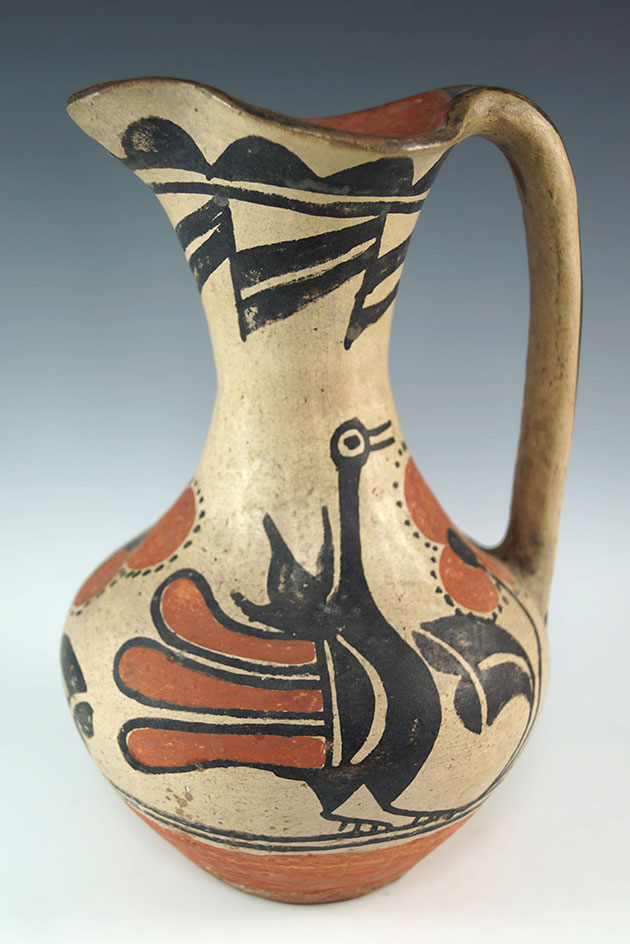The Ancient Acoma Culture

The ancient Acoma culture, also known as the Ancestral Puebloans of Acoma, refers to the prehistoric Native American civilization centered around the Acoma Pueblo in present-day New Mexico, USA. This culture thrived from approximately 1150 AD onwards and is distinguished by its unique architectural style, social organization, cultural practices, and enduring spiritual traditions.
The Acoma Pueblo is one of the oldest continuously inhabited communities in the United States, situated atop a 367-foot sandstone mesa. The pueblo consists of multi-story adobe buildings, some of which date back several centuries, constructed with traditional materials such as adobe bricks, vigas (wooden beams), and latillas (smaller beams). Defensive Architecture: Acoma Pueblo was strategically built on a mesa for defensive purposes, providing natural protection against intruders. The village layout includes narrow streets, terraced levels, and communal spaces, reflecting both defensive considerations and communal living.
 Acoma society was organized into kin-based clans, each with its own responsibilities and social roles. Leadership roles were often hereditary, with elders and spiritual leaders guiding community decisions and rituals. Ceremonial activities, including religious rituals, dances, and seasonal ceremonies, were integral to Acoma culture. Kivas, underground chambers used for spiritual ceremonies, played a central role in community gatherings and religious practices.
Acoma society was organized into kin-based clans, each with its own responsibilities and social roles. Leadership roles were often hereditary, with elders and spiritual leaders guiding community decisions and rituals. Ceremonial activities, including religious rituals, dances, and seasonal ceremonies, were integral to Acoma culture. Kivas, underground chambers used for spiritual ceremonies, played a central role in community gatherings and religious practices.
Despite the arid environment, the Acoma people practiced dryland farming, growing maize (corn), beans, squash, and other crops in terraced gardens. They utilized traditional farming techniques passed down through generations to sustain their communities. Acoma artisans were skilled in pottery-making, basket-weaving, and textile production. Pottery, in particular, featured distinctive designs and motifs, often incorporating symbolic elements that reflected their cultural beliefs and connection to the land.
Acoma pottery is renowned for its fine craftsmanship and intricate designs. Traditional Acoma pottery is characterized by thin walls, geometric patterns, and a white or cream-colored background decorated with black or red designs. Acoma artisans also produced textiles and baskets using locally sourced materials such as yucca fibers and cotton. These items were used for practical purposes as well as ceremonial and decorative purposes.
 The Acoma religion is deeply rooted in spiritual beliefs and reverence for the natural world. Rituals and ceremonies honored ancestral spirits, seasonal cycles, and the interconnectedness of all living beings. Acoma Pueblo contains numerous sacred sites and shrines that are integral to their spiritual practices, including natural rock formations, caves, and springs believed to be imbued with spiritual significance.
The Acoma religion is deeply rooted in spiritual beliefs and reverence for the natural world. Rituals and ceremonies honored ancestral spirits, seasonal cycles, and the interconnectedness of all living beings. Acoma Pueblo contains numerous sacred sites and shrines that are integral to their spiritual practices, including natural rock formations, caves, and springs believed to be imbued with spiritual significance.
The Acoma people have preserved their cultural traditions and ancestral practices despite centuries of cultural change and external influences. Traditional ceremonies, pottery-making techniques, and oral histories continue to be passed down from generation to generation. Today, the Acoma people face challenges such as economic development, preservation of cultural heritage, and maintaining sovereignty over their ancestral lands. They continue to assert their cultural identity and sovereignty while adapting to modern realities.
